
 Start Your Project
Start Your Project
The scientific study of language is called linguistics, and it focuses on the systematic investigation of its properties and characteristics (University of Buffalo, 2025). Linguists and psychologists have spent decades studying the cognitive process of how our brain processes and understands language. Conclusively, scientists and researchers have discovered that there are two areas of the brain that are most predominantly responsible for language: Wernicke’s Area and Broca’s Area. Wernicke’s Area, located in the superior temporal lobe near the temporal parietal junction, has been found to be where we process language understanding, both written and spoken (Javed et al., 2023). Additionally, Broca’s Area, located in the left hemisphere of the frontal lobe, is responsible for language production, both in speech articulation and grammatical processing (Stinnett et al., 2023). As we further explore the psychology of language, it is important that we lay this foundation, as we will frequently reference back to this information.
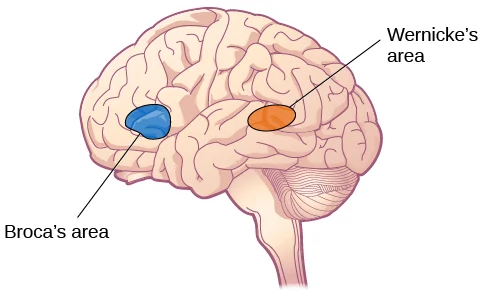
Based on the neuroanatomy location of these two language areas, it makes sense why these areas hold the functions they do. The temporal lobe, which holds Wernicke’s Area, plays a crucial role in auditory processing, forming and storing memories, and regulating emotions. Consequently, damage to this area can cause difficulty hearing, language comprehension, and emotional regulation (Patel et al., 2023). The frontal lobe, which holds Broca’s Area, is responsible for voluntary movement, decision making, personality, and problem solving (Queensland Health, 2025). If we apply critical thinking to the logic of this information from our personal experiences, we can make connections on how these processes affect us in day-to-day life. When we hear bad news, our Wenicke’s Area receives the information, and it affects us negatively emotionally. This could possibly be due to the area being located next to the amygdala, which is a structure in the medial temporal lobe responsible for processing emotions, particularly fear and aggression (Zachlod, D., and Amunts, K., 2022). Or conversely, when we hear good news, it affects us positively, which could be due to the fact that the nucleus accumbens is also located in the temporal lobe, which is the structure responsible for reward, motivation, and reinforced learning (Sharma, MD, and Morrow, MD, PhD, 2016).
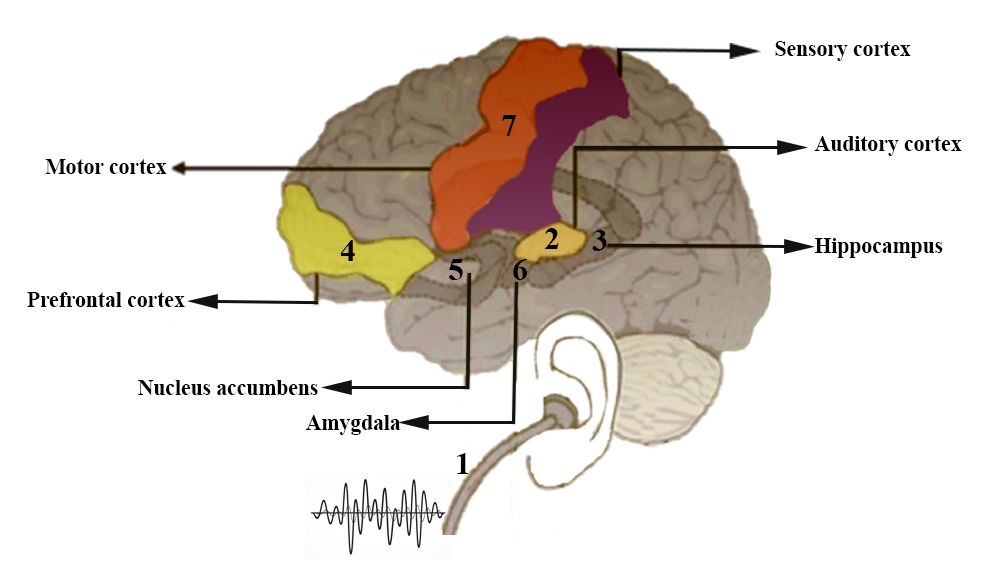
Cultural bias refers to the conscious or unconscious beliefs, assumptions, myths, and prejudices that influence socialization (Haddad, PhD, RN, and Purtilo, PhD, 2018). The way we process language and the meaning it holds is conducive by our cultural upbringing, often leading to heuristics. Heuristics are mental shortcuts people use to make judgments or decisions quickly. The problem with these quick decisions is that they often sacrifice accuracy and lead to error (American Psychological Association, 2018). Regardless, when communicating, it is paramount to understand cognitive and cultural biases to provide efficient and accurate messaging that avoids negative connotations of your words. Negative connotation is the negative emotional response connected to words (Miner, PhD, and Lahoti, 2022). Additionally, the meaning of words is always changing, with some that may have once held neutral or positive connotations now being viewed as negative. This process is called somatic deterioration or degeneration, which is derived from the Latin word pejoration, which means “to become worse (Stollznow, K., 2024).”
With this information, we can make assumptions about how our language will be perceived by others. For example, if we saw an advertisement that said “Grow Your Business,” we know what the author meant and the intended meaning, but that may not be how we’re cognitively and subconsciously processing it. The word “Grow” can have a heuristic of biological implications, such as the developmental growth of a child, while the word “Business” can be negatively associated with greed, cutthroat, or unethical practices. So, although this advertisement is clear and conducive on the surface, subconsciously, it may be perceived as negative, confusing, and contradictory to its intent. With all this said, can we rewrite this to be more cognitively cohesive and intentional? To do this, we need to define what aspect of the business we’re ‘growing’ and avoid words that are polysemic, or words or phrases that coexist with multiple meanings and use cases, as this can be culturally dependent (Vincente, A., and Falkum, I., 2018) Additionally, we need to address the foundational problem our solution is solving. A best practice for defining this foundational problem is to research the psychology behind motivation, developmental struggles, and the hierarchy of needs for the target demographic. Once we have addressed these essential aspects of communication, we can take these practices and implement them into keynote speeches, additional advertisements, and SEO strategies.
Search engine optimization (SEO) is the practice of creating and optimizing relevant, authoritative content in a way that helps website visitors and search engine crawlers find answers to their key questions or inquiries. Search engine crawlers, also called bots, comb through the internet for relevant information that the search engine’s algorithm deems high quality and worth promoting in search ranking. This has a snowball effect; the more effective your SEO strategy, the more visitors you’ll receive to your website, which will influence search engines to rank your content higher in relevance (Michigan Tech University, 2025). Using what we know about the cognitive process of language and the different connotations words can have throughout time and culture, we can apply these principles to an SEO strategy to increase website traffic and visibility. By implementing words in your metadata that only hold positive or neutral connotations across your targeted demographics’ culture, we can expect a positive reciprocated interaction. Metadata essentially means “data about data” and refers to the title, tags, and summary of your website and social media pages that are crawled by search engines such as Google (Badman and Kosinski, 2024).
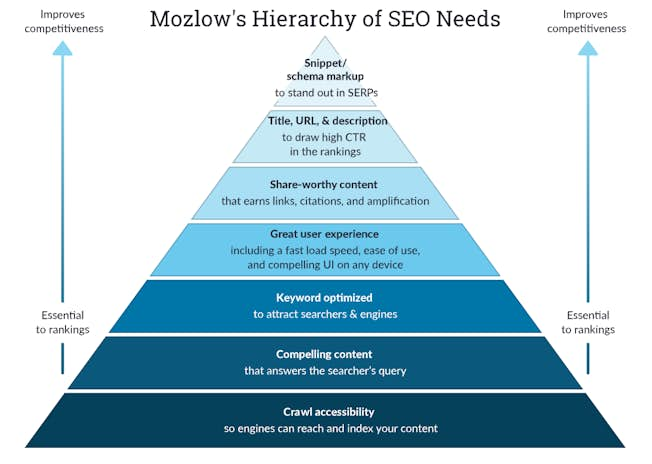
In 2024, there were over 200 million businesses listed on Google alone, with 2.3 billion users who used Google Maps to discover local brands in their area (Weronika, 2024). Data and Statistical reports show that 5.65 billion people, or 68.7% of the world’s population, use and communicate digitally over the internet, potentially connecting all of us in one way or another (Data Reportal, 2025). This means understanding language and effective communication are more important than ever to reach an audience and increase engagement. When we can identify cultural differences, cognitive language processing, and biases, we can be more effective communicators to ensure our genuine message is reciprocated the way we intended.
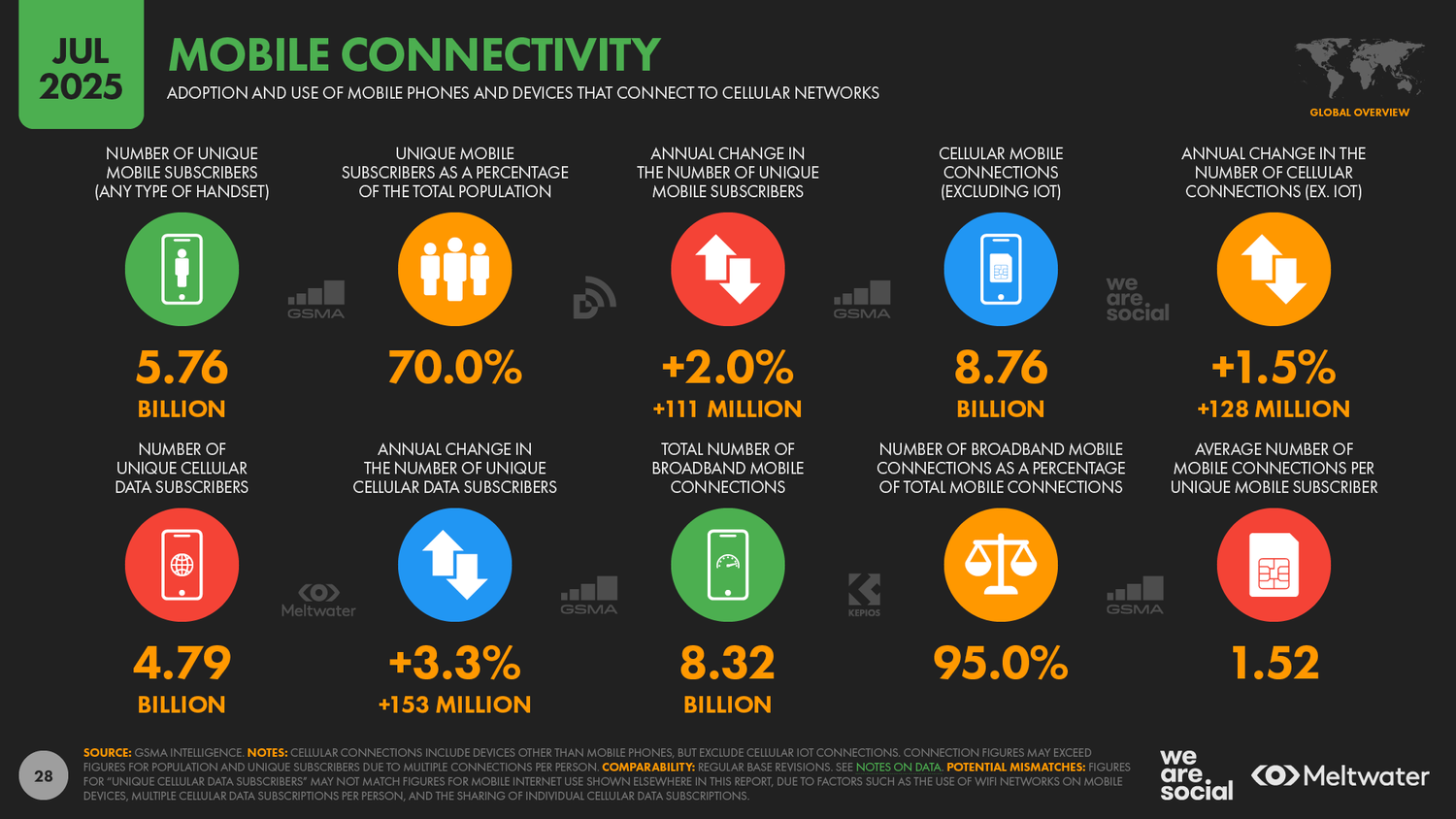
Google has a statistic they routinely promote, which is that 15% of all query searches they see a day are new. This can hold a lot of insinuations and speculation, but what percentage of searches are generic information gathering or searching for a specific company or brand? Luckily, SEMrush’s subsidiary Dato Insights, one of the largest search engine optimization platforms in the United States, analyzed the data and found that in 2024, 55.82% of US searches were generic information gathering, while 44.19% were searches for specific brands. Taking this a step further, this database was categorized into user intent, which fell into four designations: informational, navigational, commercial, and transactional. Their findings discovered that 52.65% were informational, 32.15% were navigational, 14.51% were commercial, and 0.69% were transactional. This can draw a conclusion that most search engine users are seeking information or navigation, and that communicators should adapt accordingly to reach their audience through these channels (Fishkin, R., 2024).
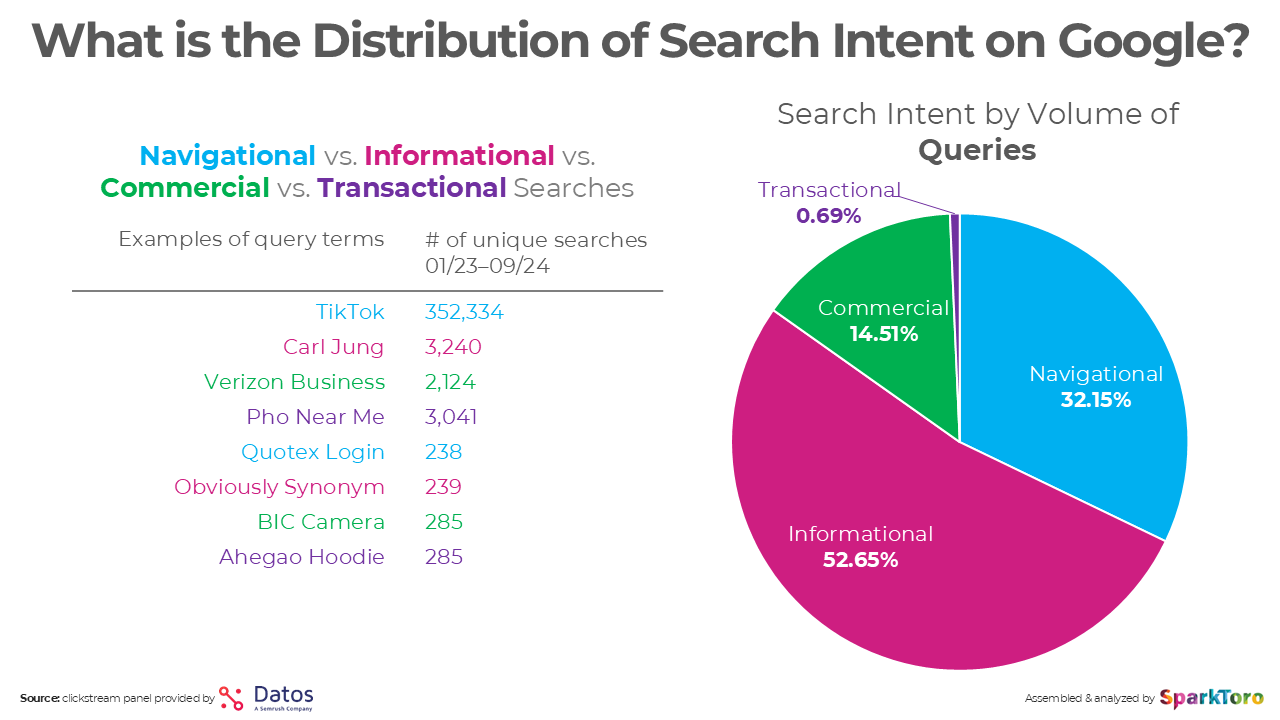
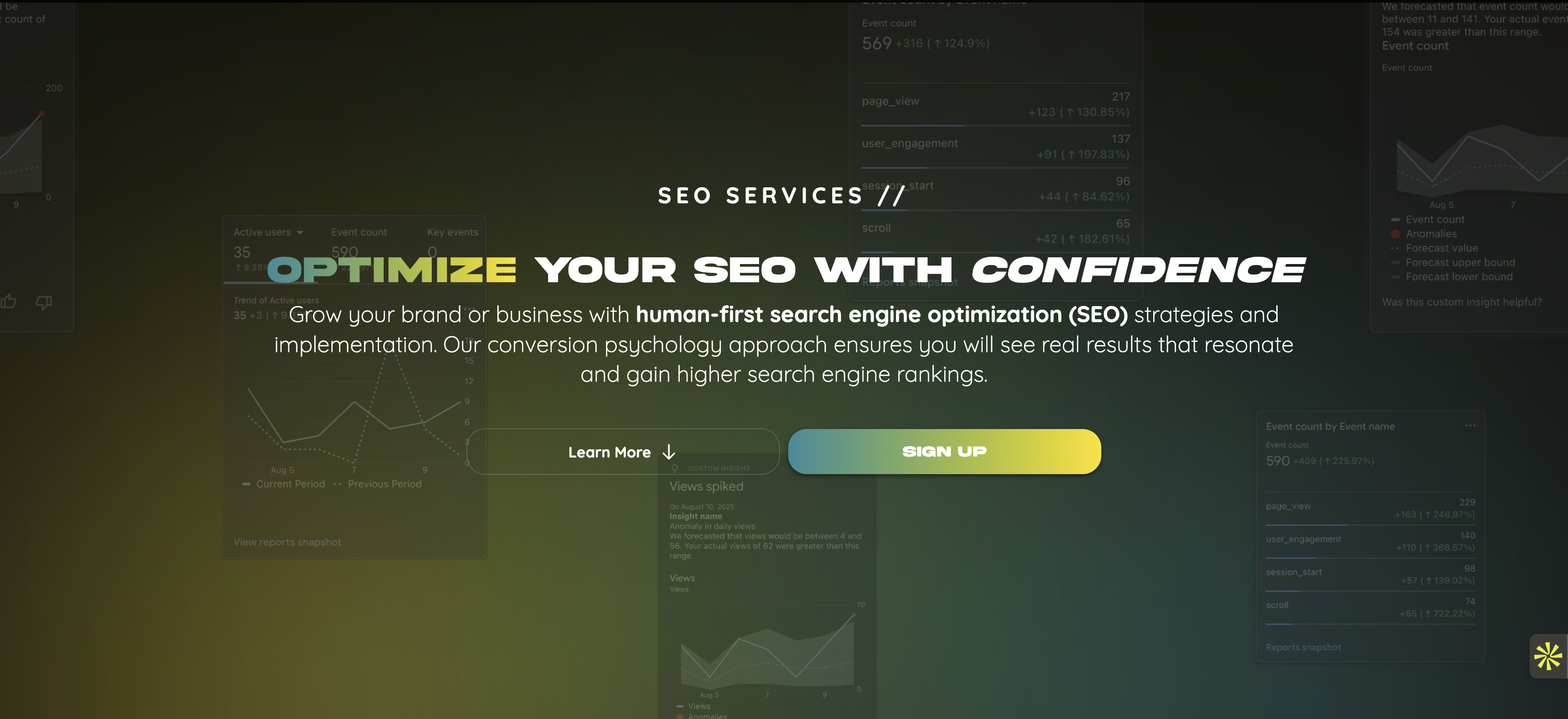
University at Buffalo. (2025). What is linguistics? University at Buffalo, College of Arts and Sciences. https://arts-sciences.buffalo.edu/linguistics/about/what-is-linguistics.html
Stollznow, K. (2024). How Do Good Words Become Bad? Cambridge University. https://www.cambridge.org/core/blog/2024/12/24/how-do-good-words-turn-bad/#:~:text=A%20common%20feature%20of%20this,%E2%80%9Cto%20become%20worse.%E2%80%9D)
Javed, K., Ahmad, W., & Muppidi, V. (2023). Neuroanatomy, Wernicke area. In StatPearls [Internet]. StatPearls Publishing. https://www.ncbi.nlm.nih.gov/books/NBK533001/
Stinnett, S. S., Oishi, K., & Mori, S. (2013). Human Broca’s area homolog is located in the ventral bank of the arcuate sulcus in the macaque. Neuroscience, 235, 55–65. https://pubmed.ncbi.nlm.nih.gov/21126183/
Patel, R. S., Gill, J., & Veeraballi, S. (2023). Neuroanatomy, temporal lobe. In StatPearls [Internet]. StatPearls Publishing. https://www.ncbi.nlm.nih.gov/books/NBK526096/
McLeod, S. (2025). Wernicke’s area. Simply Psychology. https://www.simplypsychology.org/wernickes-area.html
Queensland Health. (2025). Neuroanatomy, frontal lobe. In StatPearls [Internet]. StatPearls Publishing. https://www.ncbi.nlm.nih.gov/books/NBK519512/
Zachlod, D., & Amunts, K. (2022). Amygdala. In ScienceDirect Topics: Psychology. Elsevier. https://www.sciencedirect.com/topics/psychology/amygdala
Sharma, M. D., & Morrow, M. D., PhD. (2005). Nucleus accumbens. In ScienceDirect Topics: Medicine and Dentistry. Elsevier. https://www.sciencedirect.com/topics/medicine-and-dentistry/nucleus-accumbens
Volpicelli, F., Caiazzo, M., & Colucci-D’Amato, L. (2018). The tuned brain: Plasticity of oscillatory circuits and synapses. Scienza e Filosofia. https://www.scienzaefilosofia.com/2018/07/08/the-tuned-brain/
Haddad, L. M., & Purtilo, R. B. (2018). Cultural bias. In ScienceDirect Topics: Medicine and Dentistry. Elsevier. https://www.sciencedirect.com/topics/medicine-and-dentistry/cultural-bias
American Psychological Association. (2018). Heuristic. In APA Dictionary of Psychology. https://dictionary.apa.org/heuristic
Miner, A., & Lahoti, N. (2022). Negative connotation. In ScienceDirect Topics: Mathematics. Elsevier. https://www.sciencedirect.com/topics/mathematics/negative-connotation
Michigan Technological University. (2025). What is SEO? Michigan Tech. https://www.mtu.edu/umc/services/websites/seo/what-is/
Digital Marketing Institute. (2025). What is SEO? Digital Marketing Institute. https://digitalmarketinginstitute.com/blog/what-is-seo
Center.AI. (2025). Google Maps statistics and interesting facts. Center for Artificial Intelligence. https://center.ai/blog/google-maps-statistics-and-interesting-facts/
DataReportal. (2025). Global digital overview. Kepios. https://datareportal.com/global-digital-overview
Vicente, A., & Falkum, I. L. (2018). Polysemy. In M. Aronoff (Ed.), The Oxford Research Encyclopedia of Linguistics. Oxford University Press. https://oxfordre.com/linguistics/display/10.1093/acrefore/9780199384655.001.0001/acrefore-9780199384655-e-325
Fishkin, R. (2024). New research: We analyzed 332 million queries over 21 months to uncover never-before-published data on how people use Google. SparkToro. https://sparktoro.com/blog/new-research-we-analyzed-332-million-queries-over-21-months-to-uncover-never-before-published-data-on-how-people-use-google